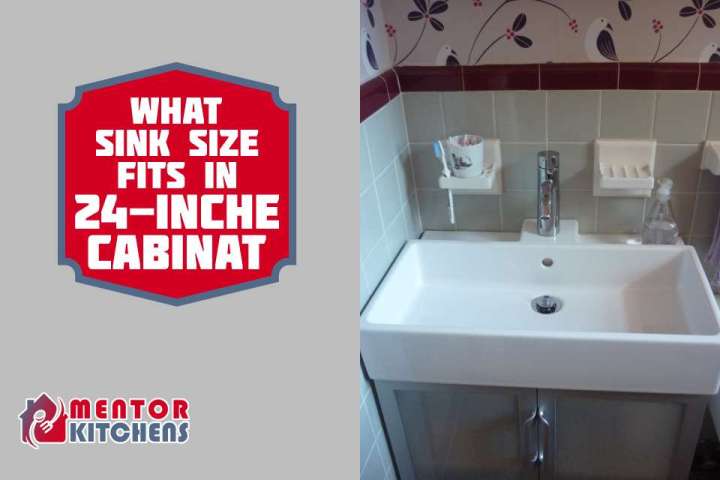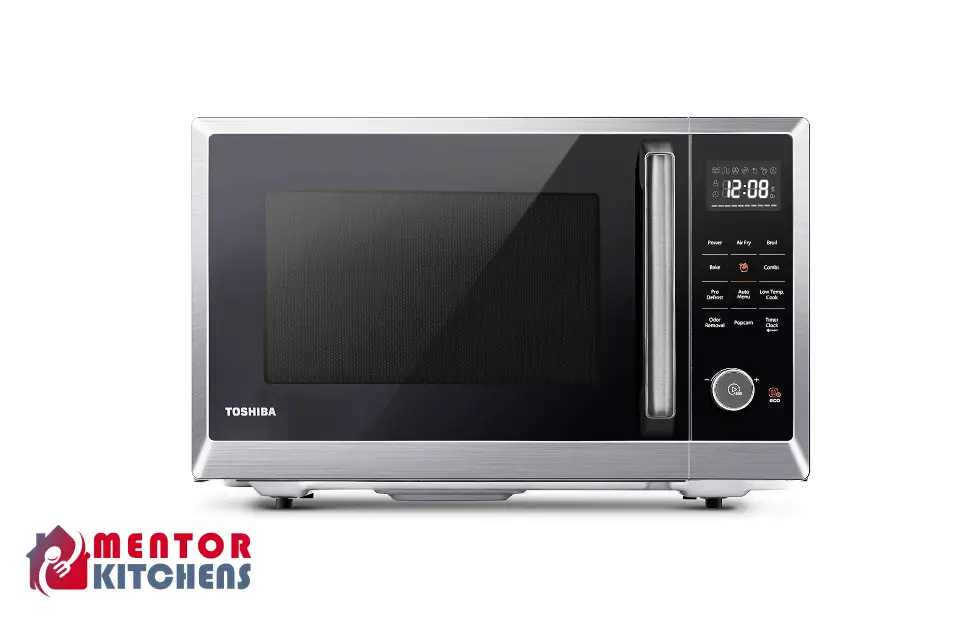If you’re remodeling your kitchen or building a new one, selecting the right size sink is an important consideration. If you have a 24-inch cabinet, you might be wondering what size sink will fit.
In this post, we’ll go over the sink size options that can fit in a 24-inch cabinet, factors to consider when choosing a sink size, and answer some frequently asked questions about sink sizes for 24-inch cabinets.
Sink Size Options for a 24-Inch Cabinet

When it comes to sink size options for a 24-inch cabinet, you have a few choices. Here are the typical sink sizes that can fit in a 24-inch cabinet:
- Single-bowl sinks: A single-bowl sink is the most common option for a 24-inch cabinet. These sinks usually measure around 22 inches in length and 18 inches in width, with a depth ranging from 8 to 10 inches.
- Double-bowl sinks: While less common than single-bowl sinks, double-bowl sinks can still fit in a 24-inch cabinet. The sink bowls are typically smaller than those in a larger cabinet, with a length of around 14 to 16 inches and a width of 13 to 15 inches.
- Bar/prep sinks: If you’re not looking for a full-sized sink, a bar or prep sink might be a good option for your 24-inch cabinet. These sinks are smaller, typically around 15 inches in length and 15 inches in width.
What Is the Standard Size for a Kitchen Sink Cabinet?
The standard size for a kitchen sink cabinet is typically 36 inches wide. This size provides enough room to comfortably fit most standard single-bowl kitchen sinks, as well as the necessary support for the sink from the surrounding cabinetry.
However, there are smaller sink and cabinet options available for kitchens with limited space. A 30-inch cabinet is typically the minimum size for a single-bowl kitchen sink, and there are even smaller options available, such as 24-inch cabinets that can accommodate a smaller sink.
Factors to Consider When Selecting a Sink for a 24-inch Cabinet
When selecting a sink size for a 24-inch cabinet, there are a few important factors to keep in mind:
- Depth of the sink: The depth of your sink will impact its capacity and usability. While deeper sinks can hold more dishes and make washing larger pots and pans easier, they may also take up more cabinet space and make it harder to reach items at the back of the cabinet.
- Material of the sink: Sink materials can range from stainless steel, composite materials, cast iron, and more. Each material has its pros and cons in terms of durability, aesthetics, and maintenance. Be sure to research and choose a material that fits your needs and budget.
- Installation method: There are two primary installation methods for sinks – top mount and under mount. Top-mount sinks are installed on top of the counter, while under-mount sinks are installed underneath the counter. Keep in mind that under-mount sinks may require additional cabinet space for installation.
- Plumbing requirements: Make sure you understand the plumbing requirements for your sink, including the size and location of the drain and water supply lines. Consult with a plumber if necessary to ensure your sink installation is done correctly.
Frequently Asked Questions:
Here are some frequently asked questions about sink sizes for 24-inch cabinets:
Is 24 Too Small for a Kitchen Sink?
A 24-inch cabinet and sink can be a suitable size for a small kitchen or a bar/prep area, but it might be too small for a larger kitchen or a family that does a lot of cooking and dishes.
When considering whether 24 inches is too small for a kitchen sink, you should think about your cooking and cleaning habits, as well as the size of your household.
What Is the Minimum Cabinet Width for a Sink?
The minimum cabinet width for a sink depends on the type and size of the sink you want to install.
For a standard single bowl kitchen sink, the minimum cabinet size is typically 30 inches. This allows for the sink to fit comfortably and have enough support from the surrounding cabinetry.
However, there are smaller sink options that can fit in smaller cabinets. For example, a 24-inch cabinet can accommodate a single-bowl sink that is typically around 22 inches in length and 18 inches in width.
What Is the Bigger Cabinet Size for Sinks?
The bigger cabinet size for sinks can vary depending on the type and size of the sink you want to install.
For a standard single bowl kitchen sink, the most common cabinet size is 36 inches. This size provides enough room for the sink to fit comfortably and have adequate support from the surrounding cabinetry.
However, if you’re looking to install a larger sink, such as a double-bowl sink or a farmhouse sink, you will likely need a larger cabinet. Double-bowl sinks typically require a minimum cabinet size of 33 inches, while farmhouse sinks may require a cabinet that is 36 inches or larger.
Does Sink Need to Be the Same Size As the Cabinet?
In general, it’s a good idea to choose a sink that is slightly smaller than the cabinet it will be installed in. For example, if you have a 24-inch cabinet, you could choose a sink that is around 22 inches in length and 18 inches in width. This will give you enough space to install the sink and also provide some clearance for the surrounding cabinetry.
Can I Install an Undermount Sink in a 24-Inch Cabinet?
Yes, you can install an undermount sink in a 24-inch cabinet. However, keep in mind that under-mount sinks take up more space than top-mount sinks due to their installation method.
Can I Fit a Farmhouse Sink in a 24-Inch Cabinet?
It’s unlikely that you’ll be able to fit a farmhouse sink in a 24-inch cabinet, as these sinks are typically wider and deeper than other sink types.
What If I Want a Larger Sink?
If you have your heart set on a larger sink but only have a 24-inch cabinet, you may need to consider a different cabinet size or rethink your kitchen layout. A kitchen designer or contractor can help you explore your options.
Conclusion:
Selecting the right sink size for your 24-inch cabinet is an important decision that can impact the functionality and overall aesthetic of your kitchen. By understanding the sink size options and important factors to consider, you can make an informed decision that best fits your needs and preferences.
Remember to keep in mind the depth of the sink, the material of the sink, the installation method, and the plumbing requirements when making your decision. And if you have any questions or concerns, don’t hesitate to consult with a professional plumber or kitchen designer for advice.
We hope this guide has been helpful in understanding what size sink fits in a 24-inch cabinet. With the right sink and cabinet combination, your kitchen will be both beautiful and functional.



Leave a Reply